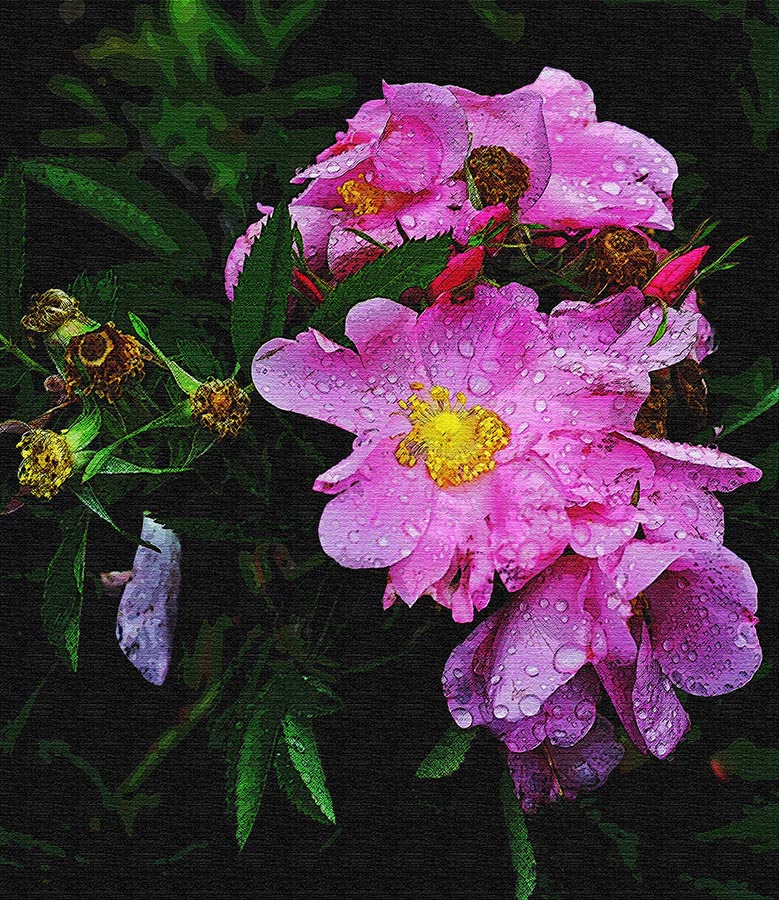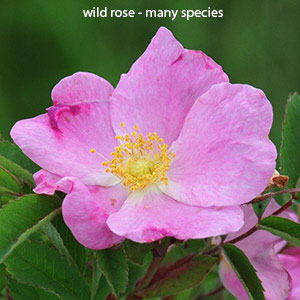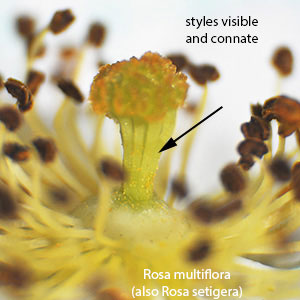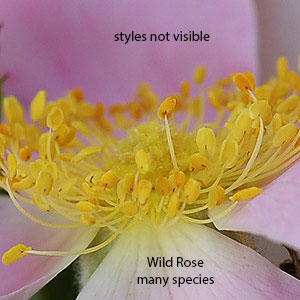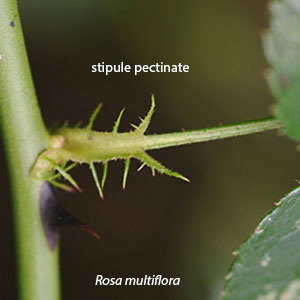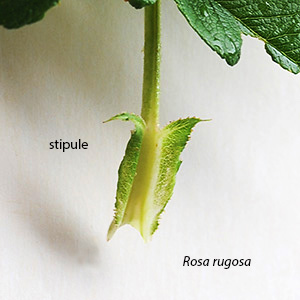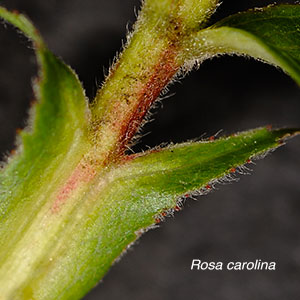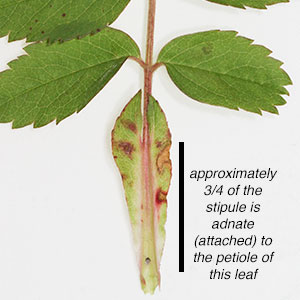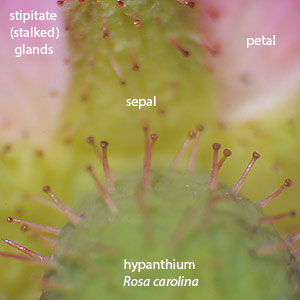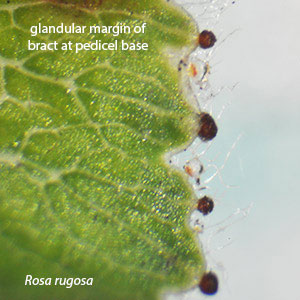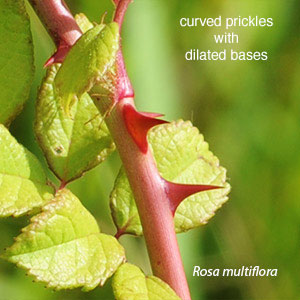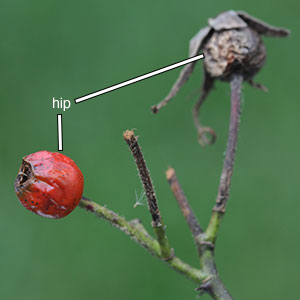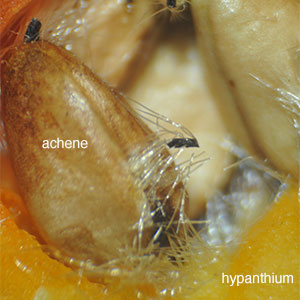Distribution
The USDA plant site Provides about 140 names (in the U.S.) for the genus Rosa. These include species and descendent taxa such as subspecies and varieties. Eleven species were indicated to be found in Iowa. [The site seems to be making some revisions (2018) for Rosa- so check for updates].
BONAP (The Biota of North America Program) shows 59 species in the U.S. with 17 species in Iowa-8 of which are native (not including hybrids). In Iowa, two species (R. acicularis and R. virginiana) are considered rare. and R. acicularis is listed as an Endangered Species). One species, which is not native, (R. multiflora) is considered a noxious weed in Iowa.
In The Vascular Plants of Iowa (1994) Eilers and Roosa report nine species in Iowa, seven of which are native (R. acicularis, R. arkansana, R. blanda, R. carolina, R. palustris, R. setigera and R. woodsii), and two which are not, (R. eglanteria and R. multiflora). Another non-native that sometimes escapes cultivaion is R. rugosa).
Three native roses have been reported in Johnson county, Iowa (Rosa arkansana, R. blanda, R. carolina)—see Christiansen and Müller (An Illustrated Guide to Iowa Prairie Plants). Recently, a fourth species (Rosa setigera) has been found in Iowa City.
Phylogenic analysis
Molecular phylogenetic analysis (see FNA ref.) suggest that three polyploid species, R. arkansana, R. carolina, and R. virginiana, probably evolved multiple times. Polyploidy, phenotypic plasticity, and ease of hybridization all make taxonomic relationships uncertain in the genus Rosa.
Fernald's footnote (p.868 in the 8th ed. of Gray's Manual of Botany 1950) comments as follows:
Minnesota contains many of the same species of Wild rose that are found in Iowa. A nice comparison of these are found at this site.
The Wild Rose species you are most likely to encounter in S.E. Iowa may very well be a hybrid, if it is not, then it is probably one of these:
R. arkansana (Prairie rose) [Native]
R. blanda (Smooth rose) [Native]
R. carolina (Carolina rose) [Native]
R. setigera (Climbing rose) [Native-infrequent]
R. multiflora (Multiflora rose) [Alien]
With regard to the first of these; a comment by great plains naturalist Claude Barr (P.158, Jewels of the Plains, 1983 - University of Minnesota Press) is instructive:
Iowa State Flower
The wild rose has been selected as the "Iowa State Flower". The species selected was Rosa pratincola. The name has been updated to Rosa arkansana (see ITIS) with the common name of Prairie Rose.
Commercial Roses
While the commercial use of rose species is beyond the scope of this summary of local species, The following links may provide some help for that purpose: 1, 2, 3, 4.
Characteristics used for Identification:
As you scroll down to see the structural details used to identify rose species, keep the following in mind:
Botanist distinguish between thorns (modified stems), spines (modified leaves), and prickles (modified hairs); roses have prickles. - more details.
For the local species, prickles on the current season's stems tend to be green, red or brown. Prickles on past seasons stems tend to be white, gray, or black.
The hypanthium is a cup-like structure enclosing the ovaries and is composed of the fusion of the bases of sepals, petals, and stamen.
